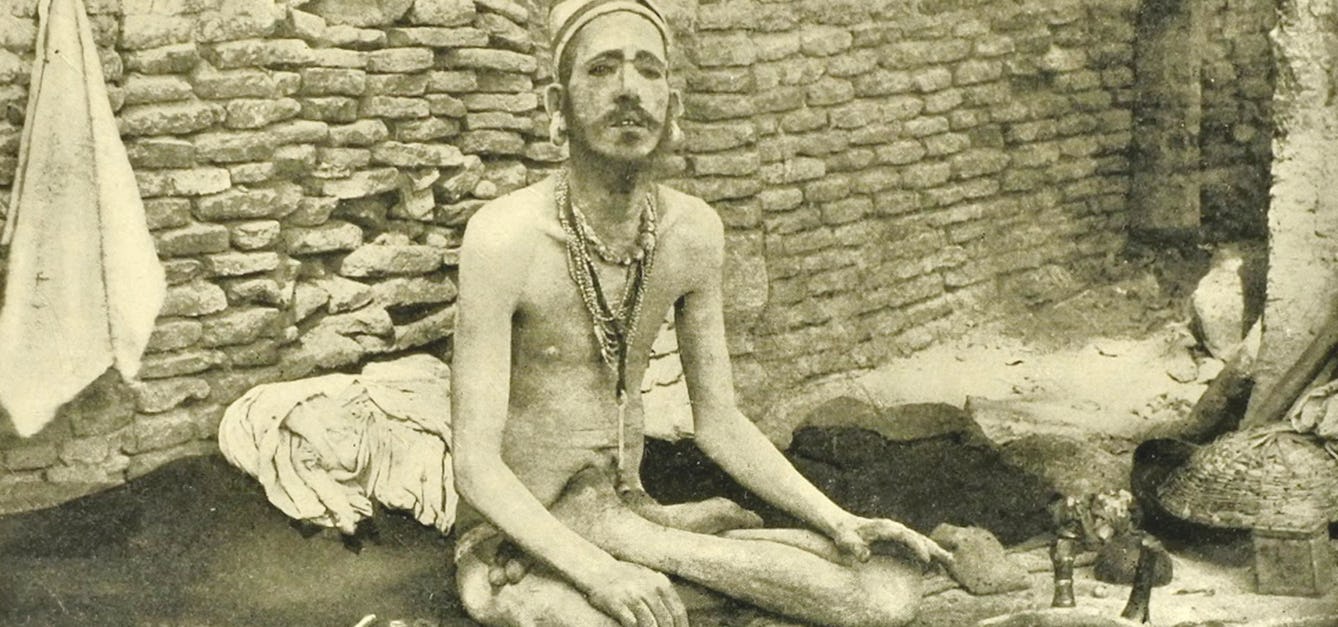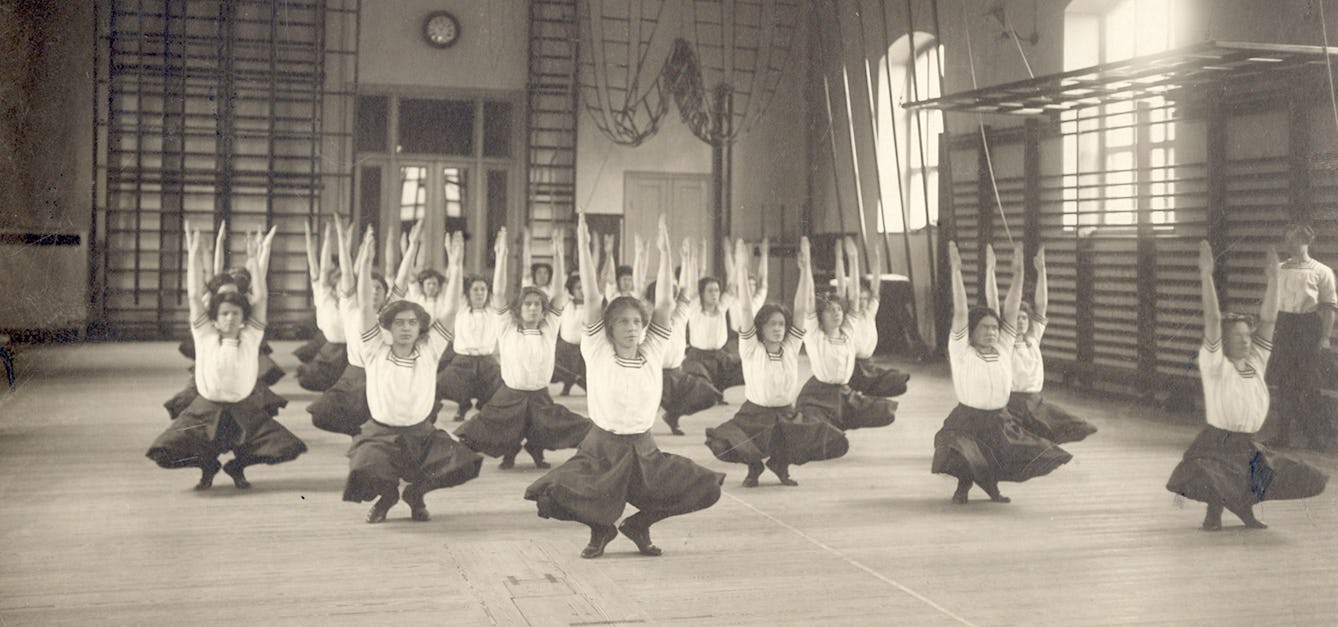Stories

- Article
Vivekananda’s journey
How a young Indian monk’s travels around the world inspired modern yoga.

- Article
The yogi as hermit, warrior, criminal and showman
How the modern world changed the life and reputation of the yogi.

- Article
Yoga gets physical
Modern yoga owes a debt to the physical culture movement that created a world obsessed with health and fitness.
Catalogue
- Books
The invasion of America : Indians, colonialism, and the cant of conquest / by Francis Jennings.
Jennings, Francis, 1918-2000.Date: 1975- Books
- Online
A new voyage to Georgia. By a young gentleman. Giving an account of his travels to South Carolina, and part of North Carolina. To which is added, a curious account of the Indians. By an honourable person. And a poem to James Oglethorpe, Esq; on his Arrival from Georgia.
Young gentleman.Date: [1737]- Books
- Online
The history of Carolina; containing the exact description and natural history of that country; Together with the Present State thereof. And a journal of a thousand miles, travel'd thro' several nations of Indians. Giving a particular Account of their Customs, Manners, &c. By John Lawson, Gent. Surveyor-General of North-Carolina.
Lawson, John, -1712.Date: [1718]- Books
- Online
The history of the American Indians; particularly those nations adjoining to the Missisippi [sic], East and West Florida, Georgia, South and North Carolina, and Virginia: containing an account of their origin, language, manners, ... With a new map of the country referred to in the history. By James Adair, ...
Adair, James, approximately 1709-approximately 1783.Date: 1775- Archives and manuscripts
Overseas Sites: America - United States
Date: c.1980Reference: WF/M/I/SL/05Part of: Wellcome Foundation Ltd









